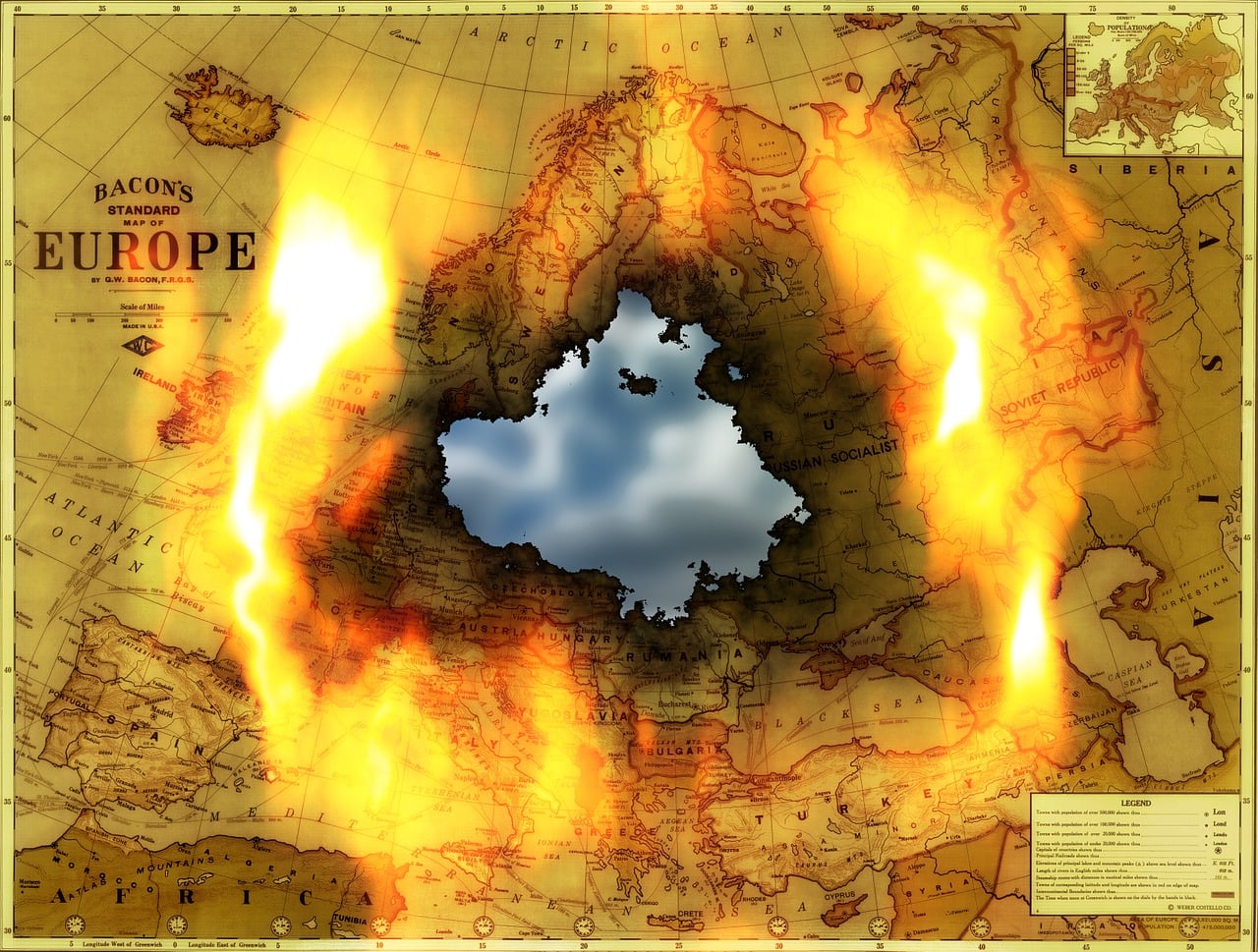At the time of this posting, Donald Trump just announced additional potential tariffs of up to $100 billion on Chinese goods. In a statement which could escalate a so-called trade war to $160B of products, the President stated ““In light of China’s unfair retaliation, I have instructed the USTR to consider whether $100 billion of additional tariffs would be appropriate under section 301 and, if so, to identify the products upon which to impose such tariffs”.
Is the Asian goliath, the world’s second-largest economy, still “emerging?” as the Trade War heats up? A look back at history
While the US stock market has recovered all of its losses and then some from the trade war scare, history shows that not all trade wars end. Disputes can last lifetimes – and some companies adapt their product offering to avoid what China calls a “useless tariff weapon.” But is it China that is currently the primary beneficiary of this weapon?
In August of 1963, a “Chicken war” riled trade negotiators in Washington DC. After the European Common Market slapped tariffs on frozen poultry, then a “tiny fraction” of US exports, the US retaliated by raising tariffs on light trucks.
“All this is very much a tempest in a stew-pot,” the New York Times mused in an August 1963 article titled “Trans-Atlantic Chicken War?” Surely, the injury to the American interests involved is not so great as to justify taking the enormous political risks implicit in over quick retaliation.”
To CLSA’s Portfolio Strategist Matthew Sigel the one sure thing about trade war “squawking” is that “the unintended consequences can be cuckoo” – and that isn’t always negative.
In the case of the Chicken War, the resulting light truck tariffs of 25% remain and US manufacturers remain at the top of the market with “fat margins” that employ US workers.
One of the odd unintended consequences came from Japan, which in 1977 designed a light truck, the “Brat,” with rear-facing plastic jump seats in the bed of the car with the goal to get it categorized as a passenger vehicle and thus avoid the 25% tariff.
While the Chinese are complaining about tariffs – they questioned the legality of the move at the World Trade Organization Thursday – the Asian goliath in fact currently has many duties in place in areas of critical strategic interest. The US had similarly launched such a challenge in March.
When looking at the trade with the Chinese, Sigel notes a strategic tariff advantage. In electronic equipment, for instance, China imposes an 8% tariff while the US tariff is 1.2%. In the vital area of machinery, nuclear reactors and boilers, China impose an 8.7% tariff while the US tariff is 1.2%. In pharmaceutical products, the Chinese duty is 4.5% while the US tariff is just 0.2% while in aircraft and spacecraft the Chinese fare is 1.9% while the US does not impose a tax on Chinese products.
Many of these trade deals were struck in 2001 when China was indeed an emerging economy. Times have changed, says Sigel. He says the terms of the agreements “are no longer applicable” given the rise in the Chinese economy to rival the US. Since that point, China has, in fact, surpassed the US in the share of global GDP purchasing power parity.
While the trade war talk has moved down a decibel, Sigel nonetheless thinks the “drumbeat” will continue, with Sections 232 and 122 of the Trade Expansion Act of 1962 and section 301 of the Trade Act of 1974 getting particular attention. Section 232 addresses “an adverse impact on national security from imports,” while 122 addresses “large and serious US balance of payments deficit.” Section 301 addresses issues that are “unjustifiable, unreasonable or discriminatory.”
While Chinese tariffs currently in place are on strategic interests, their proposed duties hit Trump voters live. Trump carried eight of the top ten soybean producing states in 2016.
When addressing trade issues, Sigel advises those involve “tread lightly” but also points out the negative correlation between US trade imbalance and the change in US Gross domestic investment.
It is unclear correctly what tools and leverage China might pull out of its bag of tricks when negotiating with the Trump administration. China had warned of “a greater conflict” if the US persisted. But if the negotiations get harsh, don’t think for a minute that China’s holding of $1.17 trillion in US government debt and their desire for the currency to ascend as a potential world reserve currency of choice won’t come into play.





